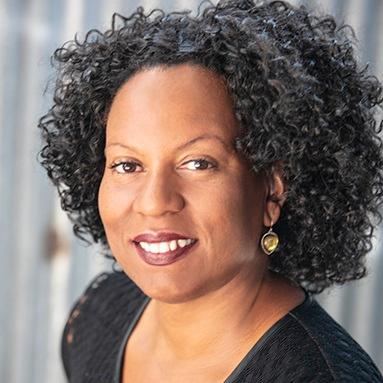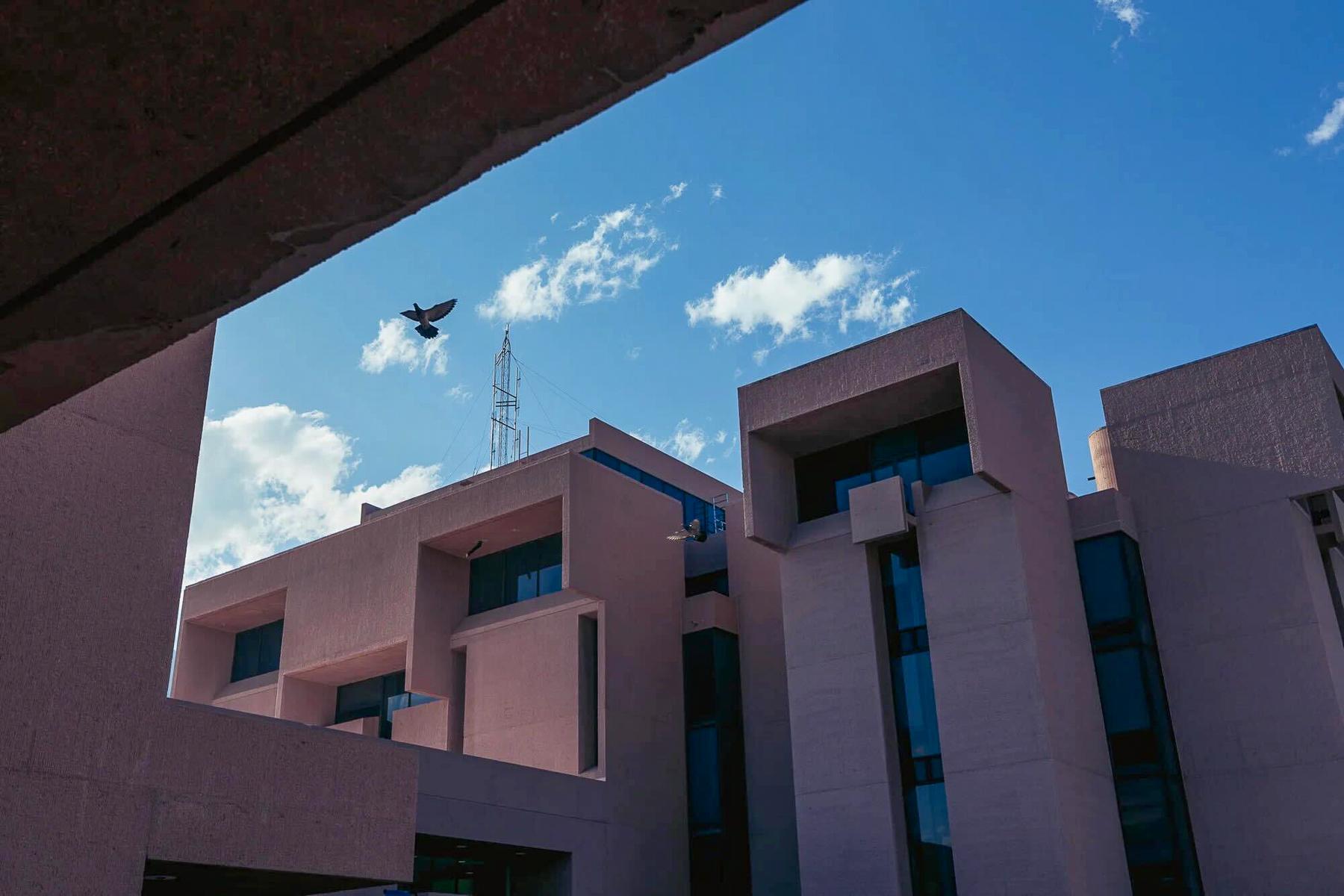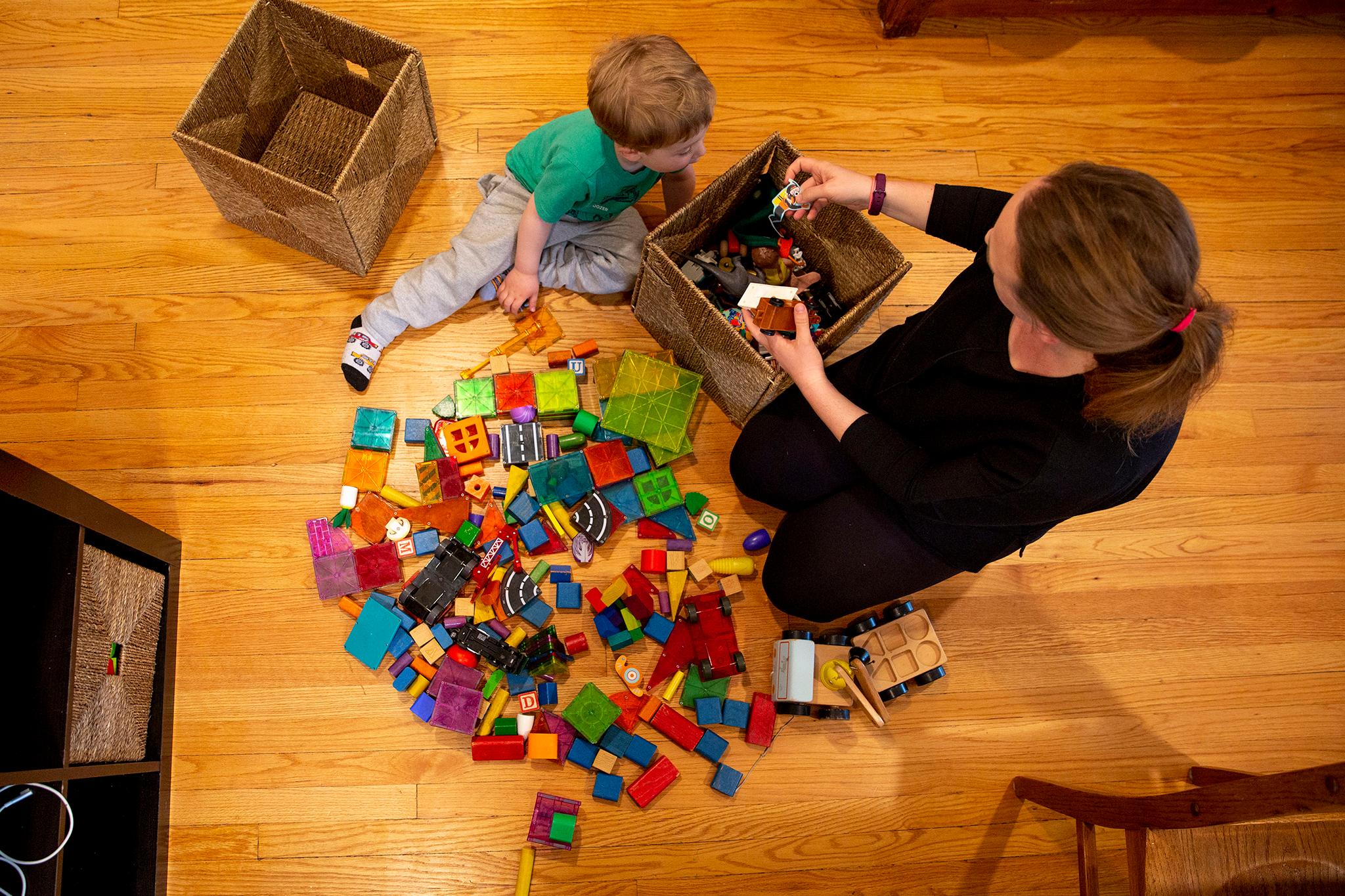
Outside the Denver Mint earlier this week, school groups and tourists waited in the sunshine, lined up against the side of the downtown building for a chance to see where America's money is made. But there was one coin they definitely wouldn't get to see pressed.
Just days earlier, United States Treasurer Brandon Beach had struck the final circulating one-cent coin in a ceremony at the Philadelphia Mint. “The event marks the official end of the penny’s 232-year production run as a circulating coin,” according to a press release from the Mint.
Jessa Shepherd, a second-grader at Elk Creek Elementary School, shared her own two cents on the news, just before starting the Mint tour as part of a field trip with her classmates and some of their parents.
The seven-year-old from Conifer was not pleased with the penny’s point of no return.
“I’m sad because I love pennies and they’re so cool and I have like a thousand of them, so I’m sad and I’m excited to see the last penny,” she said.

The penny’s last dance comes at a time when it costs about three times more to make the coin than it is worth.
“Economic and production factors, combined with evolving consumer behavior, have made its continued production unsustainable. Over the past decade, the cost of producing each penny has risen from 1.42 cents to 3.69 cents,” according to last week’s statement.
But economics aside, saying goodbye to the penny feels like a milestone for many Americans.
Requiem for a penny. Er, cent.
The Money Museum in Colorado Springs is also home to the American Numismatic Association, which celebrates and promotes the history and cultural value of money. Inside the museum, an old wagon sits full of all sorts of coins. To its right is a penny press, the kind of hand-crank machine that flattens a penny and makes what are called "elongates," with unique designs stamped on them.
Except don’t call the coins you put in that press a penny, at least not in front of assistant curator Caroline Turco.
"The United States has never made a penny," she notes.
On a tour of the museum, Turco pointed out some of the original coins from, at the time, a very young country thumbing its nose at the English. None of them are pennies.

"The penny is a British term. It means pence," she said. "And when we got rid of the monarchy and had our revolution, we did change our system of currency. We do not use pounds, shillings and pence, but rather we use the quarter, which is actually based on the Spanish real."
The idea of breaking away, coinage-wise, came from Founding Father Thomas Jefferson, Turco said. But she conceded that the word "penny," which has stuck, also shows the roots of the country.
"Whether or not you are from British genetics, that's not the point. It's that our colony came about and was a melting pot, and we required independence and we required the opportunity to represent ourselves."
And so while that coin rolling off the line in Philadelphia might be the last penny — or cent — the government intends to mint, Turco isn't ready to call this the death of the denomination.
"It's a pause," she said. "We have stopped manufacturing them."
And you’re unlikely to stop finding pennies in your couch cushions or on sidewalks soon; the coins are still legal tender and they're not being called back from circulation. Turco estimates there are currently 250 to 300 billion cents out in the world.
"That's a lot," she said. "I read something that said that, for every human that has ever existed — I mean all the way back to when we were unclad and walking around with mammoths — there are two cents per person that has ever existed on this planet.
"It's a lot of pennies. It's so many pennies."
But if production never resumes, Turco said her grandkids might not have a reference for idioms like "penny for your thoughts."
Turco acknowledged that retiring the penny is a cultural shift for the county, but said it's probably a long time coming.
"When the half cent was removed in 1857, it was worth more in the economy then than the penny is now. So we are late to the game in removing the penny in terms of a historical economic precedent."
Coins tell a story, Turco said. And even though this move may be overdue from an economic standpoint, it is still a cultural shift.
"To some extent that shows that America as a country is mature now, that we are not a newbie," she said. "We feel confident in where we stand economically. And for better or worse, we don't need that pence, that connection to the penny, to the British, to the colonial. We are upstarts, but we're established now."
And as the nation says goodbye to the coin – at least to new mintings – she sees an opportunity for people to reflect on the collective identity in the country's roots.
"If we can use the penny's death to come together as a nation and mourn it together as a nation … and find some sort of common ground, that would be the best possible outcome," she said. "And perhaps, ironically, do something that perhaps the government wasn't expecting from the loss of the penn —, to find unity."
Not everyone is feeling sentimental
Back at the Denver Mint, Chris Playter and his three older brothers cruised the gift shop Monday morning. The foursome had come from Kansas City on an annual brothers’ sports-watching trip to see the Chiefs play on Sunday, and then to catch the Nuggets game Monday. In between, they decided to take a tour of the US Mint.
Having just missed the 10:30 a.m. opportunity to see where money gets made, they figured they’d kill time before the noon walk-thru by taking a look inside the gift shop, where banter focused around the penny, and how it will penny no more.

In a statement about the end of the coin, Kristie McNally, Acting Mint Director said, “Today the Mint celebrates 232 years of penny manufacturing… While general production concludes today, the penny’s legacy lives on. As its usage in commerce continues to evolve, its significance in America’s story will endure.”
Not as far as Playter is concerned – he feels the penny and other small change, for that matter, have lost the significance they once had.
“My thinking would be that it's probably overdue and that we probably don't have a use for a penny any longer,” said Playter, 39.
“We probably don't have a lot of use for even some of the others, like the nickel or the dime,” he added. “I mean, probably, with the way that things cost now, I just don't think that it really has the value that it used to.”
But already, the coin has found some worth again, at least on eBay, where this week two penny coins with the wheat stamp from the 1950’s were being sold for $60.









